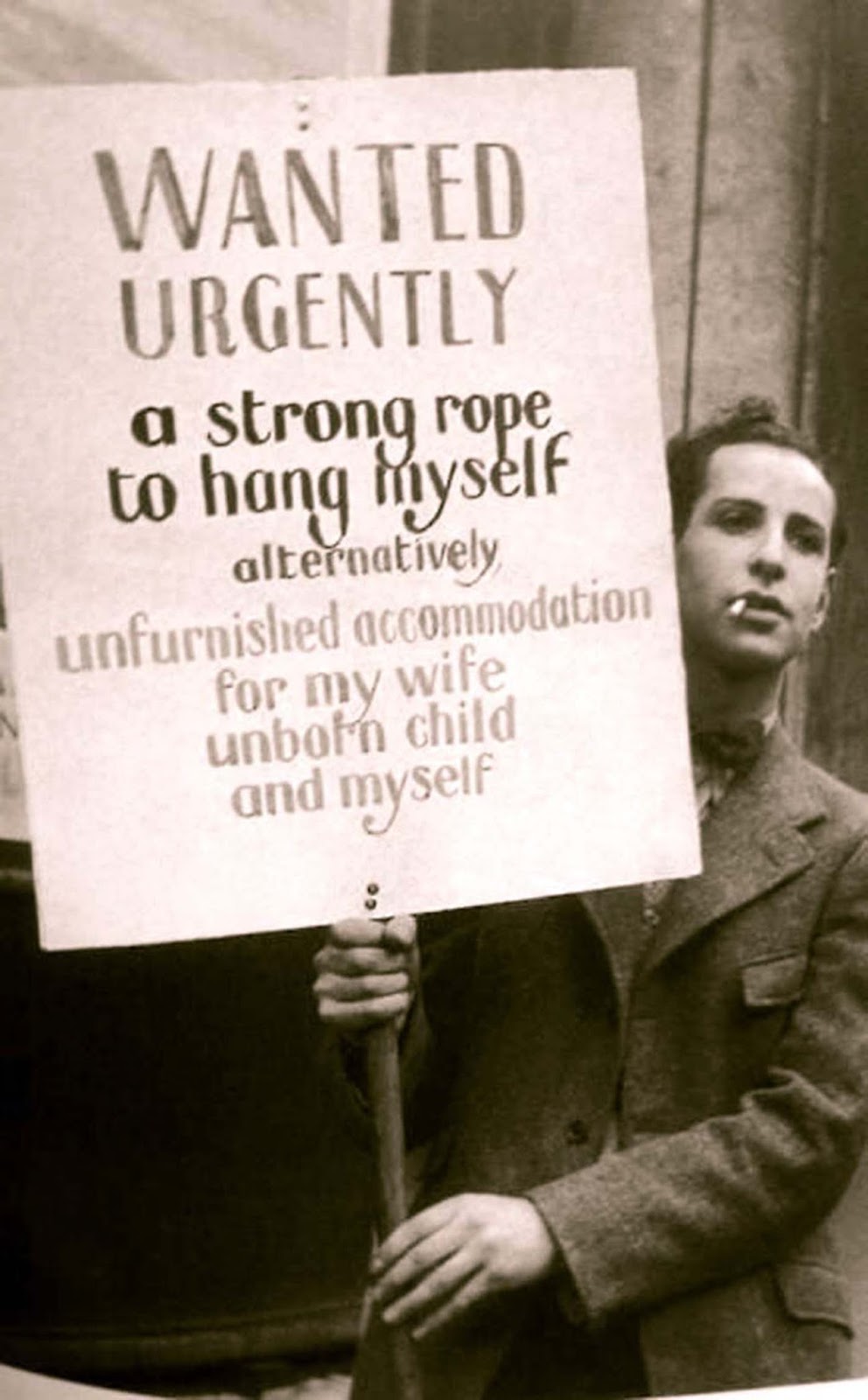A unknown man during the Great Depression, 1932

In 1932–1933, the worst in the years of the Great Depression, the unemployment rate in the United States reached nearly 25%, with more than 11 million people looking for work.
Farmers who lost their land and homes to foreclosures as a result of the Dust Bowl made up a large part of the inactive workforce. "Hoovervilles" (named after Herbert Hoover, the US president many blamed for the Great Depression) and shack towns sprung up across America, areas where people gathered and packed boxes, packing boxes, abandoned cars and scraps of wood. Build temporary homes from. ,
Between 1929 and 1932, income decreased by an average of 40%. Deflation took hold, reducing prices on commodities by 10% per year. Foreclosures escalated rapidly.
By 1934, nearly half of all housing loans were outstanding and more than 1 million families had lost their farms. In 1932 alone, 273,000 families were evicted from their homes. Between 1929 and 1932, the construction of homes declined by an incredible 80%.
The Great Plains States were affected even more than other states. This is because they were in the grip of severe drought. The economic climate forced many companies to close down.
Banks were closing at an alarming rate and in 1933 alone over 4,000 banks were closed. By 1933, GDP had declined by 33%. During the Great Depression, there were 2 million homeless people in the United States. The stock market closed at 41.22, down 89.2% from its all-time high in 1932.
A lot changed after the Great Depression. There were 10,000 banks that went out of business. About half the banks either closed down or merged with other banks.
The role of the Federal Reserve and the government increased. Strict rules were imposed on financial markets and banks. The Federal Reserve shifted to a policy of maintaining high employment and rapid growth.

No comments: